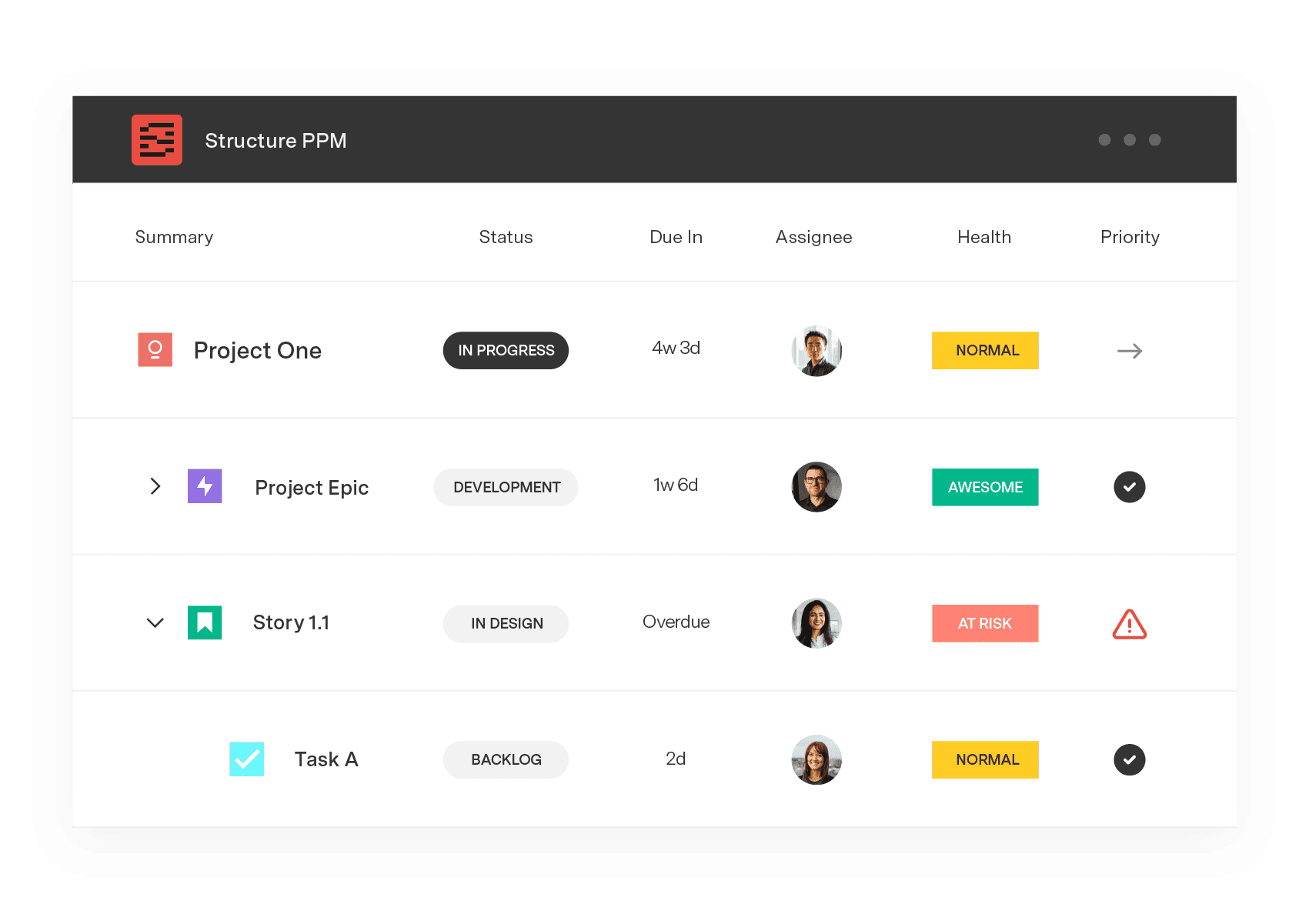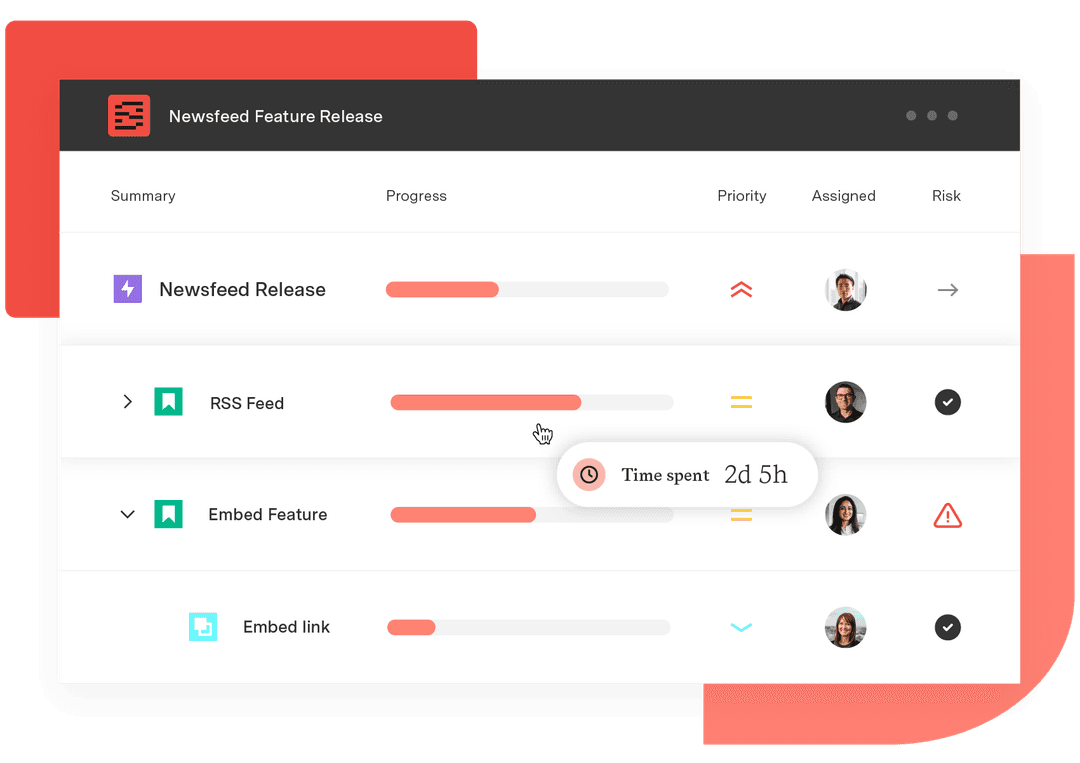Lighting the way: How Rexel uses Structure to drive global team alignment
Tempo Team
About Rexel S.A.
Rexel S.A. is a global leader in the distribution of electrical supplies, operating across multiple geographies with diverse teams working on complex projects.
To drive agility, improve decision-making, and streamline reporting, Rexel turned to Tempo’s Structure PPM, enabling them to align teams, manage capacity efficiently, and eliminate duplicative work.
Challenges: Short circuits in alignment
Rexel's teams work across multiple geographies at scale, each with its own priorities and ways of working. This made it difficult to implement scaled agile frameworks, as teams lacked a unified way to structure their work and align priorities.
With different teams using different approaches to planning and execution, it was challenging to ensure that work was being completed efficiently and according to business needs.
"Before Structure, every team had their own way of organizing work. There was no clear way to get a single view of priorities across multiple projects."
Mohamed Cherfa, agile coach and Structure expert
Without a clear way to assess team workloads, managers struggled to allocate resources effectively. Teams were often overloaded with work, leading to inefficiencies and delays. Workloads were unevenly distributed, making it difficult to forecast delivery timelines accurately.
A major issue that slowed down project execution was the lack of standardized acceptance criteria. Tasks and user stories were often incomplete or ambiguous, leading to duplicative work and long lead times. Teams frequently had to pause work to clarify requirements, which significantly slowed down delivery.
Related to this, scoping new initiatives was a slow process. Without clear visibility into dependencies and team capacity, it often took days just to define the scope of a project.
Solution: Wired for success with Structure for Jira
To address these challenges, Rexel implemented Structure PPM, bringing a new level of clarity, visibility, and efficiency to their workflows.

Standardizing agile workflows and alignment
Structure allows Rexel to create consistent workflows across multiple teams, providing a single source of truth for work at all levels. Teams can now align their objectives, ensuring that work is structured and prioritized according to overall business goals.
"Now, we can instantly see how work is progressing across all teams. We’ve moved from disorganized, fragmented planning to a structured, agile way of working," said Cherfa.
Eliminating duplicative work with acceptance criteria and visibility
Using Structure’s formula functionality and color-coded indicators, Rexel created a system where tasks could not move forward until acceptance criteria were clearly defined. This ensured that developers had all the information they needed before beginning work, reducing rework and improving efficiency.
"We use a traffic light system – red means something is missing, yellow means partial, and green means the task is ready to go. This simple Structure filter has eliminated so much misalignment."
Mohamed Cherfa, agile coach and Structure expert

The simple but powerful Structure features – such as filters and formulas – provide agile leaders like Cherfa the tools needed to improve Rexel’s ways of working. Cherfa was able to add new functionalities and roll them out organization-wide with ease.
Real-time capacity management
With Structure’s grouping and visualization capabilities, teams can assess workloads with a single click. Managers can now see which teams have availability and adjust workloads in real time, eliminating bottlenecks and optimizing efficiency.
"Instead of guessing, we now have instant visibility into our team’s capacity. We can balance workloads in real-time, which has massively improved efficiency," said Cherfa.
Utilizing a simple filter, the Rexel team can manage capacity challenges with ease.
Accelerating scoping and planning
By consolidating all project data in Structure, Rexel dramatically reduced the time required for scoping new initiatives. Dependencies are now visible instantly, and teams no longer need to export data to third-party tools like Excel to analyze project feasibility.
"We’ve cut scoping time from days to hours. We can now group work dynamically, check dependencies, and make decisions faster than ever before."
Matthieu Beaufils, corporate application manager
Enhancing capacity planning with Timesheets
While Structure helped Rexel gain visibility into workloads, Timesheets provided the missing piece: real-time tracking of how time was actually being spent.
"With Timesheets, we can see exactly where our time is going. It’s helped us fine-tune our planning and ensure we’re focusing on the right priorities," said Beaufils.
The impact
Rexel’s adoption of Structure and Timesheets has transformed the way teams work, delivering major improvements in alignment, efficiency, and decision-making.
Key results:
Increased alignment – standardized processes ensure teams across geographies are working towards the same goals.
Time savings – tasks that previously took days, such as assessing capacity or identifying blockers, now take minutes.
Faster decision-making – with real-time insights, teams respond to changes more quickly.
Improved agility – the ability to see work at a glance has enhanced the company’s ability to adapt to changing demands.
As Matthieu Beaufils, corporate application manager at Rexel, puts it:
"With Structure, we have a cockpit for managing work. It’s like flying a plane – you need the right dashboards, alerts, and visibility to make smart decisions. Structure gives us that control."
By integrating Structure into their daily workflows, Rexel has turned alignment from a challenge into a competitive advantage.
Empower your teams with Structure today
Ready to streamline your team’s workflows and enhance visibility like Rexel? Get a free trial of Structure PPM now and experience the power of real-time alignment and capacity management.


